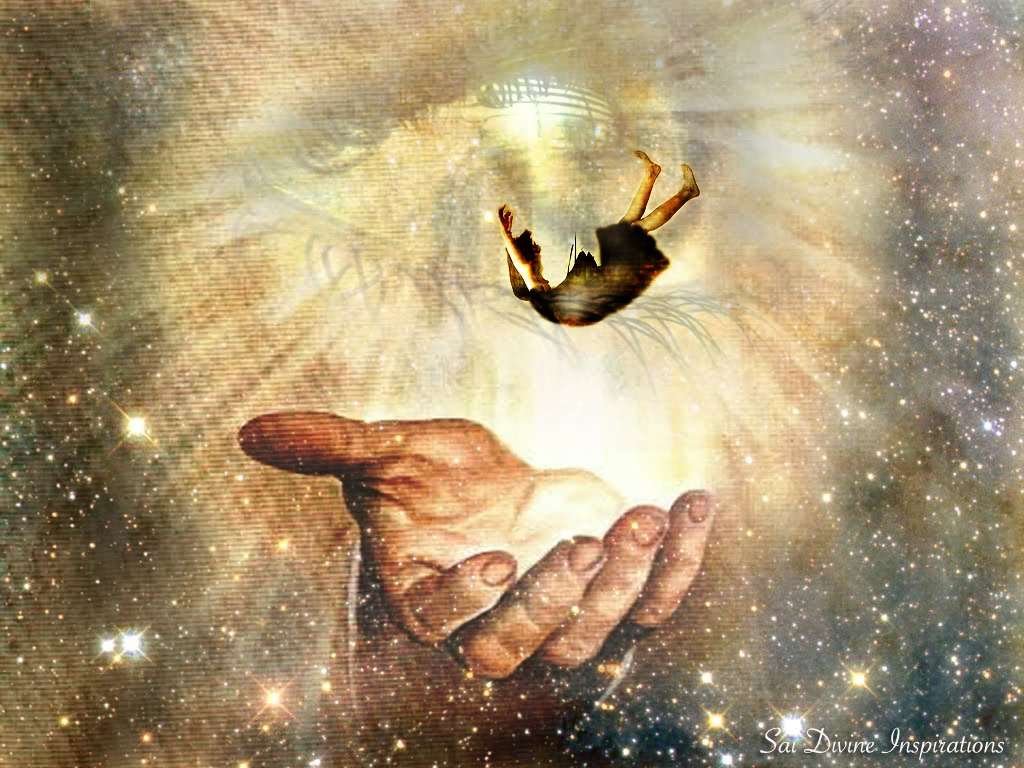
The role of a Guru is critical in Self-realization. Kulrnava Tantra talks at length about the qualities of a Guru. This takes the form of a dialogue between Shiva and Shakti. First, Shiva outlines the qualities of a disciple (Shishya). Shishya is the one who has the eagerness, aptitude, perseverance, patience, and faith to transform from anishpanna (imperfection) to nishpanna (perfection). (anishpanne nishpanna-shabda shiya).
TRAITS OF THE PERFECT DISCIPLE
There are several interpretations of a perfect disciple, which might not be relevant in today’s world. Following are the qualities of a disciple that a Guru needs to avoid in this hyperactive world. Those who lack good qualities; disciple of another Guru; egoistic; unclean; laziness; cunning; divulging mantras given by Guru; finding fault with others; ungrateful; indecency of speech; untrue; traitor to his Guru; jealousy, shamelessness; getting angry and short tempered and unsteady mind are to be avoided as they will never be liberated, at least in this birth and for spiritual upliftment. Any effort expended on these disciples could only be considered a waste of time by the Guru.
TRAITS OF THE GURU
After discussing the disciples to avoid, Shiva mentions the qualities that a perfect disciple should possess. They are meditative enthusiasm, constant communication with Guru, following Guru’s mind, engaging in japa and meditation, and aspiring for liberation.
Now, Shiva talks about the traits of a Guru. A Guru should be dressed cleanly; charming; knowledgeable; able to employ mantras; attractive; easy to contact; capable of removing disciples’ doubts; always keeping his attention within; capable of instructions; should have conquered desire, anger, greed, delusion, jealousy, and pride; should be equal minded to Shiva and Vishnu; ever content; self reliant; dear to followers; Giving mantra Tantra and yantra and without partiality.
Shiva also discusses higher level Gurus and their characteristics. He says that it is difficult to find a Guru who bestows his own grace on a disciple in an instant, without any tedious ceremonies; It’s difficult to find a Guru who continues to impart knowledge with ease and without strenuous discipline.
Many Gurus are proficient in Vedas and shastras, but it is uncommon to find a Guru who has realised the Self (Brahman). There are many Gurus on the planet who give everything but the Light of the Self. Many Gurus know petty mantras, but it is rare to find one who knows Nigama mantras (the translation of a deity’s name into a liturgical formula that leads to the realisation of the deity).
Shiva goes on to say that the Real Guru is the one who knows the Truth because he is liberated and can liberate others. Only the liberated have the ability to liberate others; how can the un-liberated liberate others? Only those with knowledge can impart knowledge; only a boat can transport the stones, and no stone can transport another stone.
To summarise:
The correct Guru is the one who initiates a mantra first. Too many mantras will obstruct communication with the Divine. A Guru implants the seed of the mantra in the energic body of his disciple during initiation. Depending on the disciple’s efforts, the mantra seed sprouts and grows into a massive tree. This stage includes some ritualistic practices. At the end of this stage, the disciple is ready to move on. Guru advances the disciple on the path of spirituality after ensuring that the disciple has attained perfection in the mantra (this stage is known as mantra siddhi). During this stage, Guru instructs his disciple on mudras, bandhas, and pranayama.
Because it is difficult to align more than one mantra with the breath, initiation into more than one mantra is not recommended for the purpose of sadhana, and the final goal (liberation) can never be attained without sadhana. The Guru imparts knowledge about Brahman after preparing the disciple for higher spiritual stages. When Guru determines that his disciple has attained the required higher spiritual knowledge, he reveals “tat tavam asi” to him (you are Brahman). The disciple is now attempting to comprehend the significance of this revelation. The effects of mudras, bandhas, and pranayama assist him in subduing his mind, and it is in this arena that he begins to explore Brahman. At this point, the disciple starts to meditate constantly.
FINALLY:
The initiated shishya begins his meditation with diksha mantra, and when he begins his inner spiritual exploration, the mantra also ends. His consciousness and mind are now working in tandem; Self realisation is not possible until these two work in tandem. One fine day, the disciple understands and recognises the Self within him, which had previously been hidden behind the veil of ignorance. This realisation occurs in a fraction of a second at an unexpected time. The veil of Maya has been lifted, and the disciple can now affirm “I am That” or “aha brahmsi.” His Guru now confirms his status by asking him to carry on his lineage, and the disciple transforms into another Guru, ready to liberate many more.
